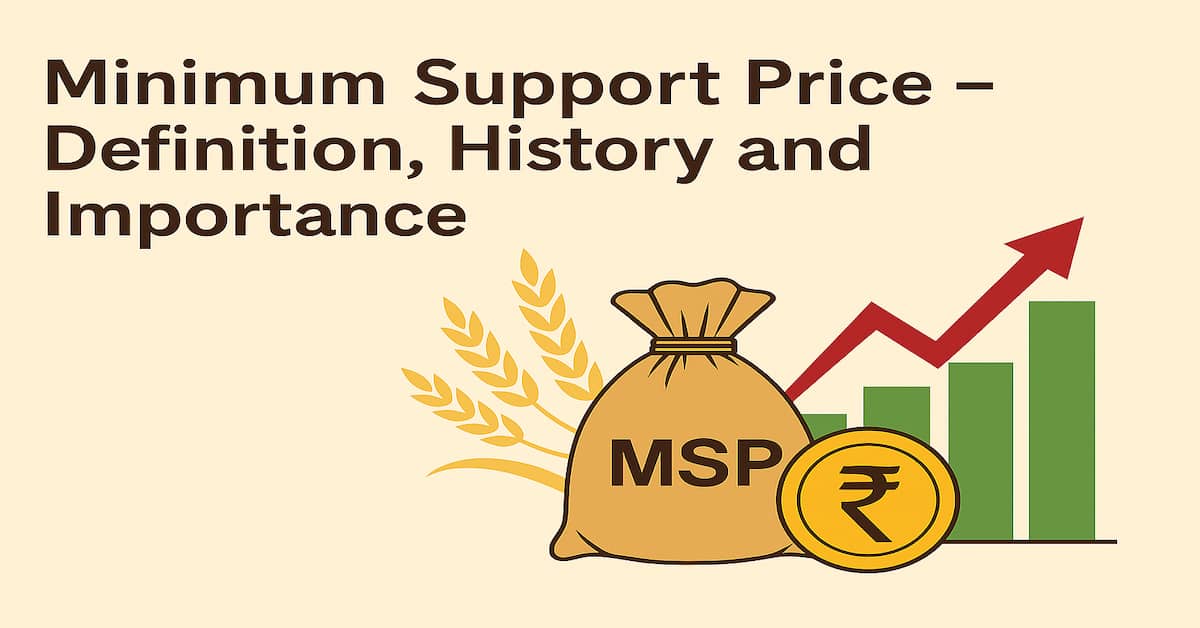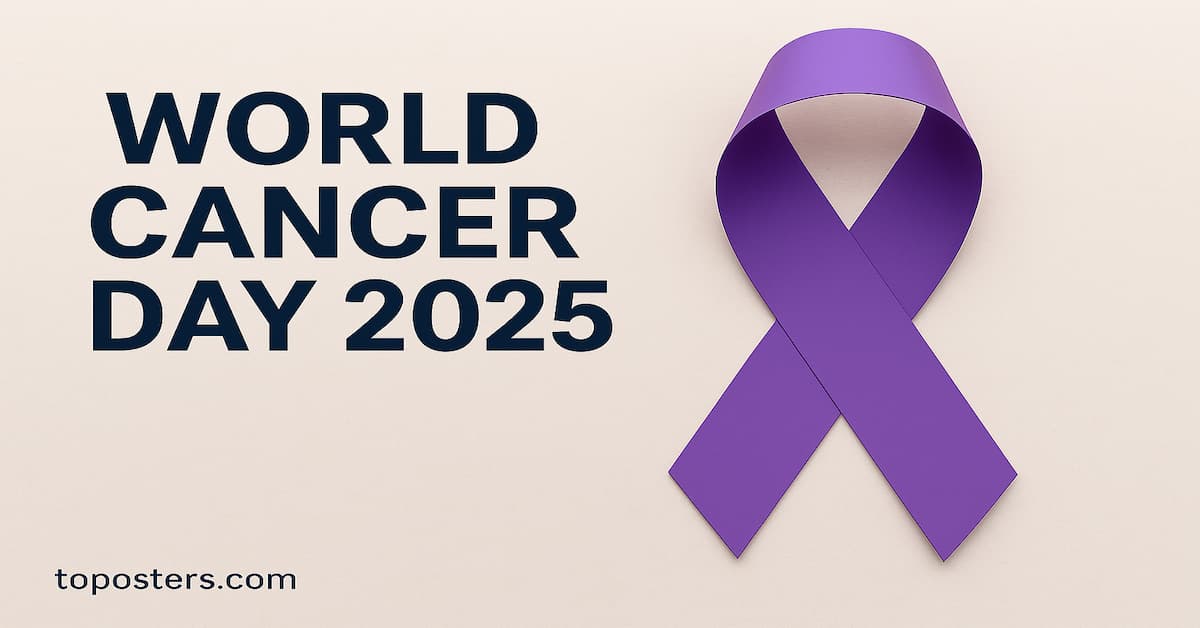World Ozone Day, 2023: Every year on September 16th, people from all corners of the globe come together to celebrate World Ozone Day. World Ozone Day is celebrated to commemorate the signing of the Montreal Protocol on Substances that Deplete the Ozone Layer in 1987.
This important observance is dedicated to raising awareness about the fragile state of our planet’s ozone layer and the critical role it plays in protecting life on Earth.
Table of Contents
- 1. Why do we celebrate World Ozone Day
- 2. The Ozone Layer: Earth's Protective Shield
- 3. History of Ozone Depletion
- 4. The Significance of World Ozone Day
- 5. Ongoing Efforts and Challenges
- 6. The Montreal Protocol's Achievements
- 7. Individual Actions for Ozone Protection
- 8. The theme for World Ozone Day 2023
- 9. Conclusion
In this blog post, we will explore the significance of World Ozone Day, the history of ozone depletion, and the on-going efforts to preserve this vital shield that safeguards us from the harmful effects of ultraviolet (UV) radiation.
Why do we celebrate World Ozone Day
World Ozone Day, observed on September 16th annually, commemorates the signing of the Montreal Protocol in 1987, a landmark agreement aimed at protecting the Earth’s ozone layer. This day is significant as it recognizes international efforts to phase out harmful ozone-depleting substances (ODS) like CFCs and halons, which posed a threat to our atmosphere.
Celebrating World Ozone Day is a reminder of the progress made in healing the ozone layer and the success of global cooperation. The ozone layer shields us from harmful ultraviolet radiation, making it crucial for human health and the environment.
Furthermore, this day highlights the link between environmental issues, as reducing ODS also helps combat climate change by curbing greenhouse gas emissions. World Ozone Day emphasizes our shared responsibility in preserving our planet and its natural systems for current and future generations.
The Ozone Layer: Earth’s Protective Shield
The ozone layer is a region of the Earth’s stratosphere that contains a relatively high concentration of ozone (O3) molecules, although still small in relation to other gases in the stratosphere. The ozone layer contains less than 10 parts per million of ozone, while the average ozone concentration in Earth’s atmosphere as a whole is about 0.3 parts per million.
The ozone layer is important for life on Earth because it protects us from the harmful ultraviolet radiation from the sun. It forms a protective shield that absorbs and scatters a significant portion of the sun’s harmful UV radiation, preventing it from reaching the Earth’s surface.
Without the ozone layer, life as we know it would be in grave danger, as excessive UV radiation can lead to a range of health problems in humans, such as skin cancer, cataracts, weakened immune systems, and other health problems. Additionally, it can harm ecosystems, leading to adverse effects on both terrestrial and aquatic organisms.
History of Ozone Depletion
The story of ozone depletion began with the discovery of man-made chemicals known as chlorofluorocarbons (CFCs). In the mid-20th century, CFCs gained popularity as refrigerants, aerosol propellants, and foam-blowing agents.
In the 1970s, scientists began to sound the alarm about the ozone layer’s thinning, particularly over Antarctica, where the phenomenon came to be known as the “ozone hole.” Concerns grew, and the international community took action.
Scientists soon realized that these seemingly harmless chemicals had a devastating impact on the ozone layer. In the 1980s, scientists discovered that human activities were damaging the ozone layer. Certain chemicals, such as chlorofluorocarbons (CFCs), hydrochlorofluorocarbons (HCFCs), and halons, were being released into the atmosphere and destroying ozone molecules. These chemicals are used in a variety of products, including refrigerators, air conditioners, fire extinguishers, and aerosol sprays.
When released into the atmosphere, CFCs eventually reach the stratosphere, where they are broken down by UV radiation, releasing chlorine atoms. These chlorine atoms then catalytically destroy ozone molecules, leading to the depletion of the ozone layer.
This led to the development of the Montreal Protocol, an international treaty that phased out the production and use of CFCs.
The Montreal Protocol, adopted in 1987, stands as one of the most successful international environmental agreements in history. It aimed to phase out the production and consumption of ozone-depleting substances, including CFCs. Since its implementation, the Montreal Protocol has led to significant reductions in the use of these harmful chemicals and has played a pivotal role in ozone layer recovery.
Thanks to the Montreal Protocol, the ozone layer is now recovering. However, it is still important to protect the ozone layer and to reduce our reliance on chemicals that can damage it.
The Significance of World Ozone Day
World Ozone Day holds a special place in the calendar of global environmental observances. Established by the United Nations General Assembly in 1994, this day marks a significant milestone in the ongoing battle to protect the ozone layer. It is a poignant reminder of the Montreal Protocol, a groundbreaking international treaty signed on September 16, 1987. The Protocol was a testament to the world’s collective will to confront environmental challenges and demonstrated the power of global cooperation in addressing critical issues.
This annual commemoration serves as more than just a date on the calendar; it is a celebration of unity and progress. It offers a unique opportunity for governments, environmental organizations, educational institutions, and individuals to come together and reflect on the strides made in ozone layer recovery. It’s a moment to take stock of the positive changes that have occurred due to the Protocol’s implementation, acknowledging the significant reduction in the production and consumption of ozone-depleting substances.
One of the defining features of World Ozone Day is its thematic focus, which changes each year. These themes are carefully chosen to resonate with contemporary environmental challenges and inspire action on a global scale. They tackle issues ranging from ozone layer preservation and climate change to sustainable living practices. Each theme is a call to action, inviting people from all walks of life to participate actively in the mission to protect the ozone layer and, by extension, the entire planet.
Ongoing Efforts and Challenges
We’ve done well in fixing the ozone layer, but there are still problems to solve. One big issue is that old stuff, like machines and products, contain chemicals that harm the ozone layer. These chemicals can stay in the air for a very long time and keep hurting the ozone layer. To stop this, we need to make sure we throw away and recycle old things the right way, so these chemicals don’t get into the air.
Another problem is that the Earth’s temperature is going up, and the weather is changing. This makes it tricky to heal the ozone layer. We have to deal with these problems together because they’re all connected.
To fix the first problem, we need to make rules and watch closely to make sure people don’t use harmful chemicals. We should also tell people how to get rid of old stuff properly.
For the second problem, we have to stop making things that make the Earth hotter, like pollution. And we should work together with other countries to make sure we’re all helping the ozone layer.
In short, even though we’ve made progress, we still have work to do. We need to take care of our planet and the ozone layer by following the rules and working together with other countries.
Moreover, climate change has introduced new complexities into the equation. Rising temperatures and changing weather patterns can influence the rate of ozone layer recovery. It is crucial to address these interrelated environmental issues holistically.
The Montreal Protocol’s Achievements
The Montreal Protocol is a landmark international treaty established to protect the Earth’s ozone layer. It was adopted on September 16, 1987, and has since become one of the most successful and influential environmental agreements in history. The primary aim of the protocol is to phase out the production and consumption of ozone-depleting substances (ODS), such as chlorofluorocarbons (CFCs), halons, and other harmful chemicals.
Key achievements of the Montreal Protocol include:
1. ODS Reduction: The protocol has successfully led to a substantial reduction in the production and use of ODS. By curbing the release of these chemicals into the atmosphere, it has played a crucial role in preventing further damage to the ozone layer.
2. Ozone Layer Recovery: Thanks to the protocol’s strict control measures, the ozone layer is showing signs of recovery. Projections suggest that the ozone layer will return to pre-1980 levels by mid-century, which is a significant environmental triumph.
3. International Cooperation: The Montreal Protocol serves as a shining example of global cooperation. It has garnered the support of nearly all countries, fostering collaboration among nations to address a pressing environmental issue. This spirit of unity has contributed to its success.
4. Innovation and Technological Advancements: The protocol has spurred innovation in the development of alternative, ozone-friendly technologies. This has not only protected the ozone layer but has also led to the creation of more energy-efficient and sustainable technologies.
5. Climate Benefits: In addition to protecting the ozone layer, the Montreal Protocol has delivered substantial climate benefits. Many ODS are potent greenhouse gases, and their reduction has helped mitigate climate change.
6. Public Awareness: The protocol has raised awareness about the importance of environmental conservation and the need for responsible consumption and production practices.
In summary, the Montreal Protocol stands as a shining example of how international collaboration, scientific research, and proactive policy-making can address pressing global environmental issues. Its remarkable achievements in protecting the ozone layer and mitigating climate change serve as a testament to the power of collective action in safeguarding our planet for future generations.
Individual Actions for Ozone Protection
World Ozone Day serves as a poignant reminder that safeguarding the ozone layer is not solely the responsibility of governments and industries but also a collective duty shared by every individual. Here are some meaningful ways in which individuals can actively contribute to this vital cause:
1. Reduce CFC Emissions: Be conscientious about the products you use and their environmental impact. Identify and properly dispose of items containing chlorofluorocarbons (CFCs), such as old refrigerators and air conditioning units. Support initiatives and programs that advocate for responsible disposal and recycling of refrigeration and cooling equipment. By doing so, you help prevent these harmful substances from entering the atmosphere and depleting the ozone layer.
2. Choose Eco-Friendly Products: Make informed choices by selecting products that use ozone-friendly refrigerants and aerosols. Look for labels or certifications that indicate a product is CFC-free or uses environmentally friendly alternatives. This small act of preference encourages manufacturers to adopt more sustainable practices.
3. Conserve Energy: Reducing your energy consumption not only saves you money but also has a positive impact on the environment. Lowering energy usage at home and in your daily life directly contributes to the reduction of greenhouse gas emissions. These emissions are linked to climate change, which, in turn, can influence the recovery of the ozone layer. Simple actions like turning off lights when not in use, using energy-efficient appliances, and carpooling can make a significant difference.
4. Advocate for Policies: Get involved in environmental advocacy by supporting policies and regulations aimed at phasing out ozone-depleting substances and combatting climate change. Engage with your local representatives, join environmental organizations, and participate in grassroots movements to promote positive change. Your voice matters and can influence decisions that impact the ozone layer’s health.
5. Stay Informed and Share Knowledge: Stay updated on developments related to ozone layer protection and climate action. Educate yourself about the latest scientific findings, policy initiatives, and environmental challenges. Share this knowledge with your friends, family, and community. Raising awareness is a powerful tool for encouraging collective action and fostering a sense of shared responsibility.
In conclusion, individual actions are pivotal in the global effort to protect the ozone layer. By adopting eco-friendly practices, supporting responsible policies, and spreading awareness, every person can play a part in preserving this essential component of our atmosphere and ensuring a healthier planet for future generations.
The theme for World Ozone Day 2023
The theme for World Ozone Day 2023 is “Montreal Protocol: Fixing the ozone layer and reducing climate change”. The theme underscores the remarkable impact of the Montreal Protocol in addressing not only ozone layer depletion but also its valuable contribution to combating climate change.
Since its inception in 1987, the Montreal Protocol has been a pioneering international agreement, effectively controlling and phasing out ozone-depleting substances. This concerted effort has not only preserved the ozone layer but has also significantly mitigated climate change by curbing the release of potent greenhouse gases.
World Ozone Day, observed on September 16th annually, serves as a reminder of the global community’s commitment to environmental protection and the vital role played by the Montreal Protocol in this endeavor.
Conclusion
World Ozone Day is a reminder of the remarkable progress that can be achieved when the world unites to address a global environmental crisis. The success of the Montreal Protocol in phasing out ozone-depleting substances demonstrates that international cooperation, backed by scientific research and public awareness, can make a positive impact on our planet.
As we celebrate World Ozone Day, let us renew our commitment to protecting the ozone layer and mitigating climate change. By taking individual and collective actions, we can ensure that this crucial shield continues to safeguard life on Earth for generations to come. The ozone layer reminds us that when we work together, we can heal the wounds inflicted on our planet and create a brighter, more sustainable future.
Important tags- Montreal Protocol, World Ozone Day, World Ozone Day 2023, World Ozone Day 2023 theme, World Ozone Day historyTeacher’s Day 2023: Date, History, Speech, Quotes and Wishes



